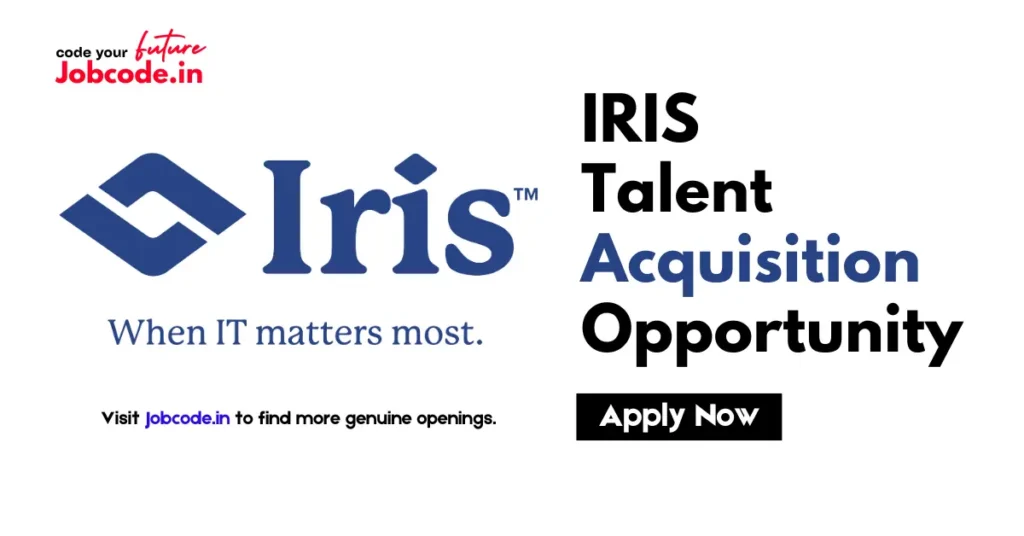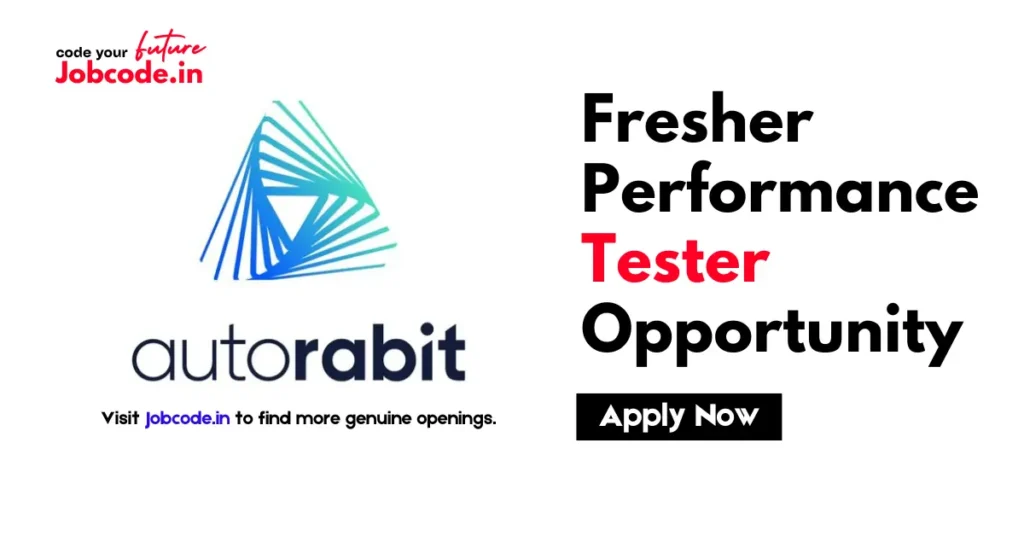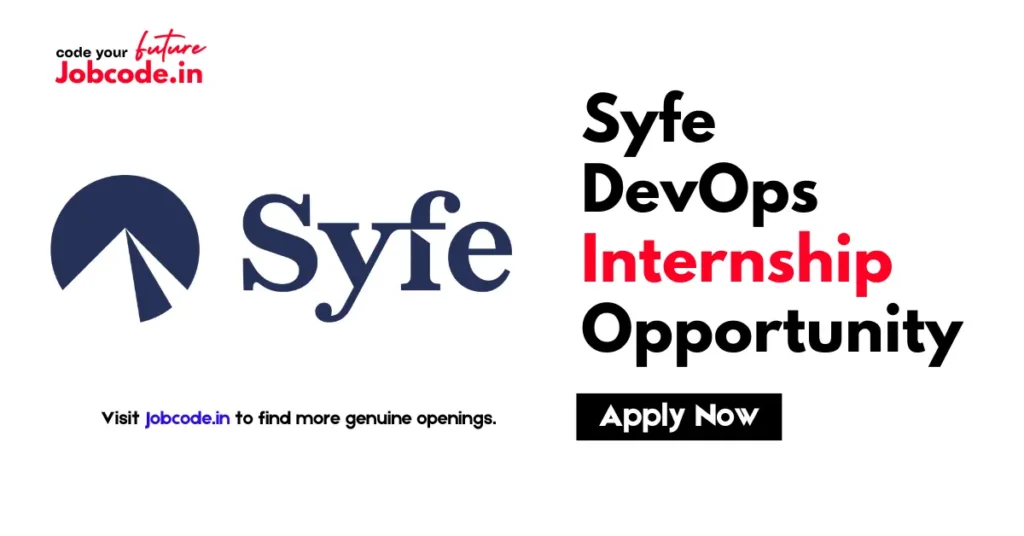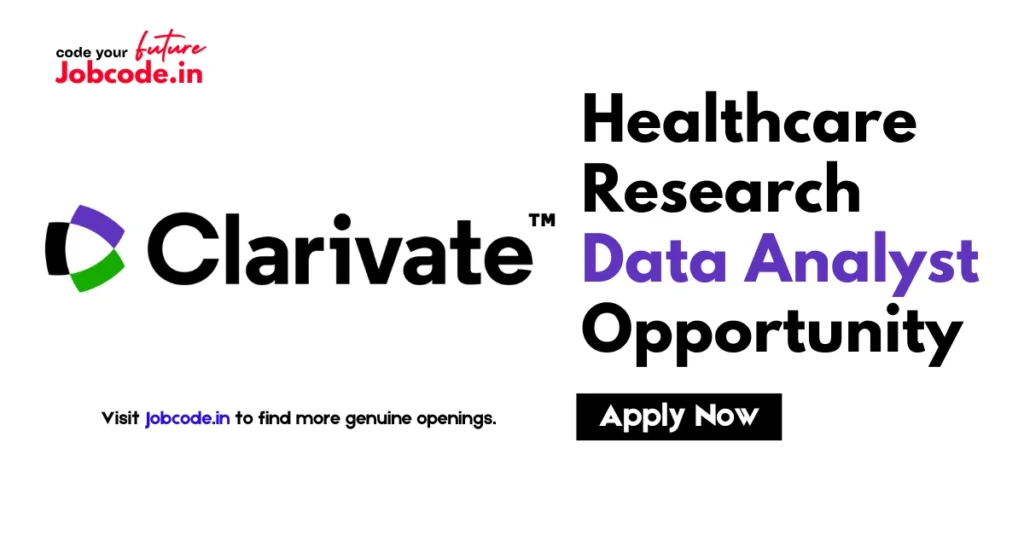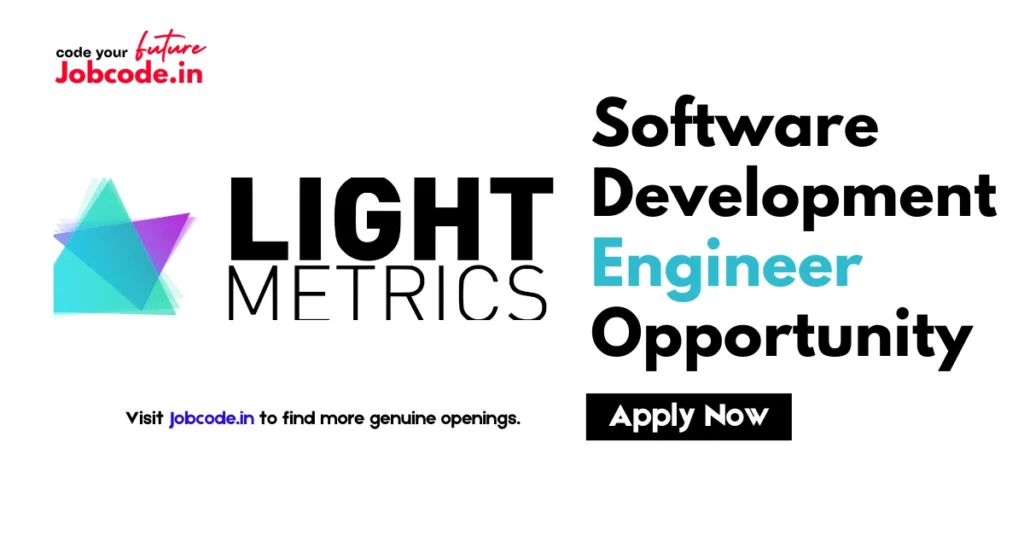Introduction
Angular is one of the most popular front-end frameworks for building dynamic and scalable web applications. Developed and maintained by Google, it offers a powerful ecosystem for developing single-page applications (SPAs). If you want to master Angular, this roadmap will guide you from a beginner level to a professional level, covering essential concepts, tools, and best practices.
Why Learn Angular?
Before diving into the roadmap, let’s understand why Angular is worth learning:
- Google Support: Angular is backed by Google, ensuring long-term stability and support.
- Component-Based Architecture: Encourages modular development and code reusability.
- Two-Way Data Binding: Simplifies UI updates by synchronizing data between the model and view.
- Dependency Injection: Helps manage dependencies efficiently, making applications scalable.
- Built-in Features: Offers routing, forms handling, HTTP client, and more out-of-the-box.
- TypeScript Integration: Ensures type safety and improved code quality.
Angular Roadmap: Step-by-Step Guide
1. Prerequisites: Foundation Before Angular
Before jumping into Angular, it’s essential to have a strong foundation in the following technologies:
- HTML, CSS, and JavaScript – Core web technologies.
- TypeScript – Angular is built with TypeScript, so understanding it is crucial.
- Basic Git & GitHub – Version control for collaborative development.
- NPM/Yarn – Package managers for installing dependencies.
2. Getting Started with Angular
- Install Node.js and Angular CLI:
npm install -g @angular/cli - Create your first Angular project:
ng new my-angular-app cd my-angular-app ng serve - Learn Angular project structure and key files:
src/app/(Main app directory)app.module.ts(Root module)app.component.ts/html/css(Root component)
3. Understanding Core Angular Concepts
- Modules – Organize the application into separate parts.
- Components – The building blocks of an Angular application.
- Templates – Define the HTML structure.
- Directives – Control the structure and behavior of the DOM.
- Data Binding – Interact between the UI and component logic.
- Interpolation (
{{ }}) - Property Binding (
[]syntax) - Event Binding (
()syntax) - Two-way Binding (
[()]syntax)
- Interpolation (
- Pipes – Transform data in templates (
uppercase,date,currency, etc.).
4. Routing and Navigation
- Router Module – Enables navigation in SPAs.
- Route Parameters – Passing dynamic values through routes.
- Guards – Control access to routes (
AuthGuard,CanActivate). - Lazy Loading – Improve performance by loading modules on demand.
5. Working with Forms
- Template-Driven Forms – Simple form handling with directives.
- Reactive Forms – More powerful and dynamic form handling.
- Form Validation – Required, min/max length, custom validation.
6. Services & Dependency Injection
- Creating Services – Use Angular CLI (
ng generate service) - Injecting Services –
@Injectable()decorator. - HttpClient Module – Fetch and send data to APIs.
- Observables & RxJS – Handle asynchronous operations efficiently.
7. State Management in Angular
- Using RxJS & BehaviorSubject for State Management
- NgRx (Redux for Angular) – Manage global application state.
8. Working with APIs and Backend Integration
- RESTful API Communication – Using
HttpClientModule. - Interceptors – Handle authentication tokens.
- GraphQL with Angular – Alternative to REST APIs.
9. Performance Optimization
- Lazy Loading Modules – Load only necessary components.
- Ahead-of-Time (AOT) Compilation – Optimize application build.
- OnPush Change Detection – Reduce unnecessary UI re-renders.
- Optimizing Images & Assets – Use efficient formats (WebP, SVG).
10. Testing in Angular
- Unit Testing – Jasmine & Karma for testing components and services.
- End-to-End (E2E) Testing – Protractor and Cypress.
- Mocking HTTP Requests – Using
HttpTestingController.
11. Deploying an Angular Application
- Production Build – Using
ng build --prod. - Hosting Options:
- Firebase Hosting
- Netlify
- Vercel
- AWS, Azure, Google Cloud
12. Advanced Topics & Pro Level Angular
- Custom Angular Libraries – Create reusable libraries.
- Micro Frontends with Angular – Build independent frontend modules.
- Progressive Web Apps (PWA) – Convert your Angular app into a PWA.
- Server-Side Rendering (SSR) with Angular Universal – Improve SEO and performance.
- WebAssembly in Angular – For high-performance applications.
Conclusion
Learning Angular is a step-by-step process that requires patience and consistent practice. By following this roadmap, you can progress from a beginner to an advanced Angular developer. Start with the basics, build small projects, and gradually move on to real-world applications. Keep coding, stay updated with Angular releases, and engage with the developer community.
Happy Coding! 🚀

